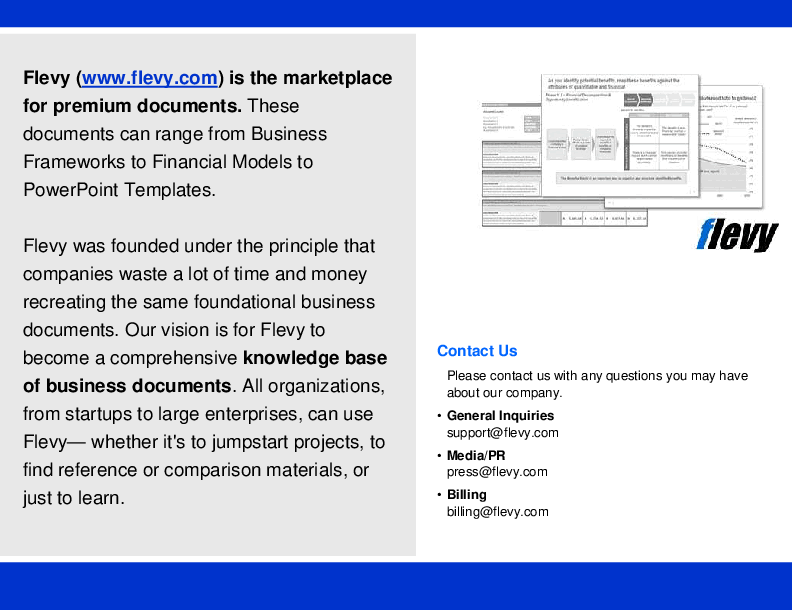BENEFITS OF THIS PDF DOCUMENT
- Provides essential informations about stock
- Provides meaning to terms used in inventory management
- Provides methods of how to manage your inventory
INVENTORY MANAGEMENT PDF DESCRIPTION
Inventory management is a critical aspect of any business that involves the production, storage, and distribution of goods and materials. It involves the monitoring and control of inventory levels, ensuring that the right products are available at the right time to meet customer demand. Effective inventory management helps businesses reduce waste, minimize costs, and improve customer satisfaction.
One of the key objectives of inventory management is to maintain an appropriate balance between having too much and too little inventory. Too much inventory ties up valuable resources and increases storage costs, while too little inventory can lead to stockouts and lost sales. Inventory management seeks to strike a balance by forecasting demand, setting reorder points, and tracking inventory levels in real time.
In order to manage inventory effectively, it's important to have an accurate understanding of demand patterns. This requires regular monitoring of sales data, tracking customer behavior, and utilizing forecasting tools and techniques. This information is then used to determine when to place new orders and how much inventory to keep on hand.
In addition to monitoring demand, inventory management also involves managing the physical location and storage of inventory. This includes determining the best storage methods for different products, ensuring that inventory is stored in a secure location, and tracking inventory movement from the point of origin to the point of consumption.
Another important aspect of inventory management is the use of technology to automate and streamline processes. Inventory management software can help businesses manage their inventory levels, track stock movements, and generate reports in real-time. This allows businesses to make informed decisions about inventory levels and make adjustments as needed.
Effective inventory management is essential for the success of any business that deals with physical products. By keeping track of inventory levels, forecasting demand, and utilizing technology, businesses can reduce waste, minimize costs, and ensure that products are available when customers need them. This results in improved customer satisfaction and increased profitability.
Got a question about the product? Email us at support@flevy.com or ask the author directly by using the "Ask the Author a Question" form. If you cannot view the preview above this document description, go here to view the large preview instead.
Source: Best Practices in Inventory Management PDF: Inventory Management PDF (PDF) Document, Zakaria Raddouh



